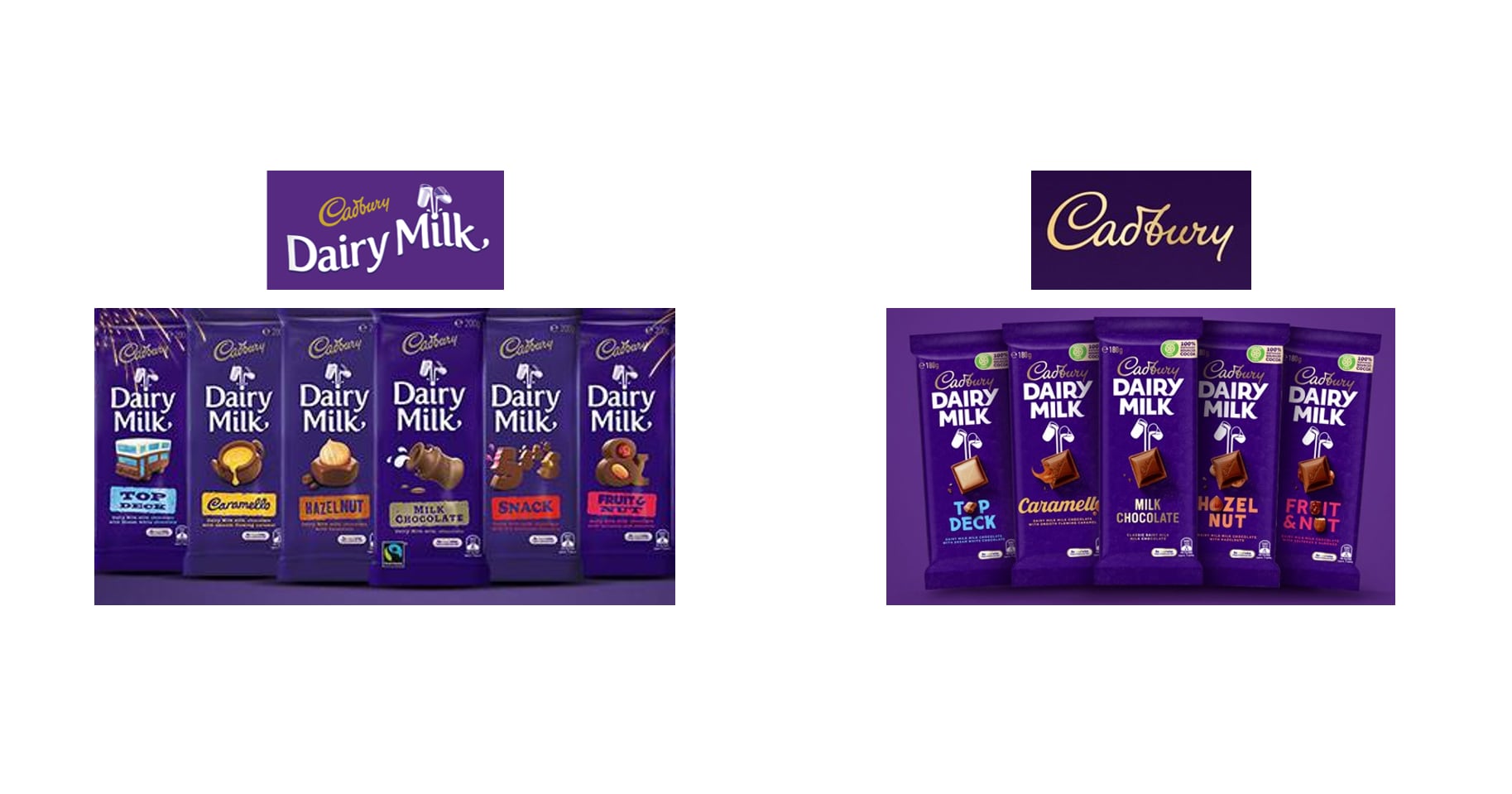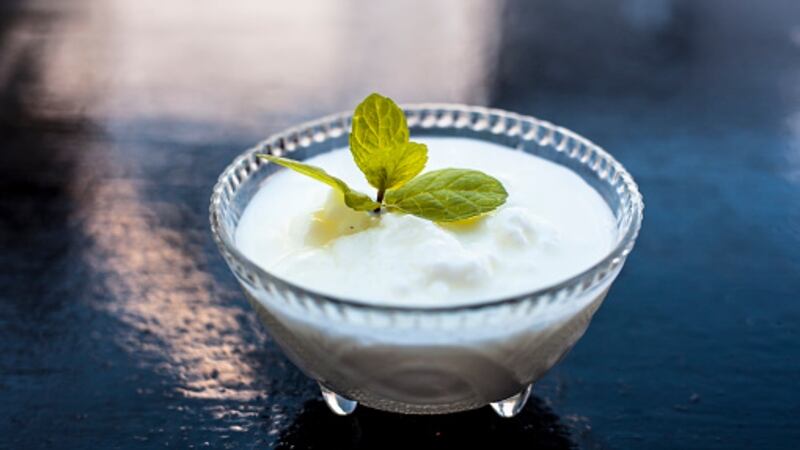Overall growth for the Indian chocolate market has been pegged at 12.8% over the five years from 2019 to 2024, by which time market value is expected to hit US$1.8bn, according to Business Wire. Market intelligence agency Mintel has predicted a slightly more conservative but still double-digit growth of 10% by 2023.
Recent research from the firm has also confirmed chocolate as one of the most popular confectionary items in India, with 61% of Indians eating chocolate daily or at least once a week.
Importantly, health benefits such as sugar reduction emerged as some of the most important factors for consumers when choosing their chocolate – as showcased by some of the major local launches by major brands in the last year including Mondelez’s Cadbury Dairy Milk 30% Less Sugar.
“Cadbury Dairy Milk 30% Less Sugar is a product with no added artificial sweeteners, colours or preservatives. It is created to ensure the right texture and taste of the original Cadbury Dairy Milk bar to keep the consumer eat experience the same,” said Mondelez India Director of Marketing for Chocolates Anil Viswanathan.
Another popular option for consumers in the health benefits category is dark chocolate, as these contain higher amounts of cocoa and naturally less milk and sugar. Cadbury also launched a Dark Milk variant in response to this, marketing it as ‘The Grown Up Chocolate’ to emphasise its appeal for ‘mature, advanced audiences’.
Local dairy giant the Gujarat Cooperative Milk Marketing Federation Ltd (GCMMF) also has its eye on the healthier chocolate segment via its chocolate brand Amul, under which it has launched 75%, 90% and 99% dark chocolates – and even plans to roll out a 100% variant soon.
“The aim is to upgrade existing chocolate consumers from a sugar-rich to cocoa-rich experience. Soon, we will be launching chocolates with 10% [cocoa content] to create a new niche in the chocolate industry,” GCMMF Managing Director RS Sodhi told Hindu Business Line.
Chocolates which are higher in cocoa content and/or reduced in sugar are definitely a formative change for the Indian market, as the taste and flavour of these are in stark contrast to most traditional Indian sweets and desserts, which are generally accepted as ‘extremely sweet’ such as kheer (rice pudding) and gulab jamun (milk-based sweet).
One reason for this fundamental transformation could be the Indian consumer’s change in attitude towards snacks such as chocolates by seeing these more as meal replacements than the occasional indulgence.
“Snacks are increasingly being swapped for meals in India, with the average Indian adult now eating more snacks than meals on a given day,” said Mondelez India via its State of Snacking Indian consumer snacking trends study.
“73% of Indian adults say [they now] prefer to eat many small meals throughout the day, as opposed to a few large ones, and a further 67% plan to increase their snacking frequency in the next year.”
Given these findings, it is unsurprising that there is a tilt towards healthier options, as despite increasing the occasions of snacking and presumably chocolate consumption, the desire to maintain health and limit calorie intake would drive Indian consumers towards these along with chocolates sold in smaller packaging sizes.
Unique flavours also important, though localisation not popular
Introducing new and unique flavours have also been seen to be a key means of piquing consumer interest, and here Amul has also been attempting to innovate with creations such as Green T and Tropical Orange.
Confectionary giant Nestle India has also been innovating in this direction over the past few years, launching creations such as Kit Kat Dessert Delight, Kit Kat Strawberry Duo, and the local creation Nestle Munch’s Crunch-O-Nuts.
“Munch Crunch-o-nuts is a category first, bringing the explosive crunch of Cocoa balls and the deliciousness of peanut crème. It offers in every bite a multi textural [experience] and the balance of sweet and salty taste to leave consumers feeling excited,” said Nestle India Chocolates & Confectionary General Manager Nikhil Chand.
Notably absent amongst both international and local big brands though is any strong variety of localised flavours, something that has been very prominent in the Indian soft drinks sector but seems to have barely made any impact in the chocolate sector.
Some smaller local players such as boutique firm Velvet Fine Chocolates have made attempts at this, with its Bombay Curry chocolate bar, as has Tamil Nadu’s Mason & Co. with its Chilli and Cinnamon variant – but even these are few and far between.
Interestingly, such local Indian flavours are popular in overseas markets with many more small firms producing these, such as in the United Kingdome where brands like Duke of Delhi has a whole range containing various ‘Indian’ ingredients from coconut to lime to cinnamon, as does Rococo Chocolates with jasmine, chilli and even a Cardamom Dark chocolate.
What this indicates is that localised chocolate flavours are not impossible or difficult to make, but as of yet, they have yet to curry favour with local Indian consumers as compared to Western countries where these can be considered exotic and unique. More importantly, if companies can do this well and appeal to local Indian palates, this could open up a whole new area for flavour innovation.
Local production facilities
Flavours aside, India remains a top destination for companies looking to grow their chocolate market share in Asia – and this is the same for ingredients firms such as Cargill as well.
The conglomerate has just chosen India to launch its first chocolate manufacturing operation in Asia, hoping to appeal to local food manufacturers with its more local approach given the new setup.
"Opening a chocolate manufacturing operation in India allows us to increase our regional footprint and capabilities in Asia to better support both local Indian and multi-national [demand] in the region," said Cargill Cocoa & Chocolate Asia-Pacific Managing Director Francesca Kleemans.
"It also demonstrates our commitment to supporting the local economy with the addition of 100 new manufacturing jobs."
The new facility is expected to start operations in 2021, with an initial production target of 10,000 tons of chocolate compounds.
Another major chocolate and cocoa supplier that has its eye on the country is Barry Callebaut, which opened a local Indian manufacturing facility last year and dubbed India one of the ‘fastest growing markets’ with ‘plenty of room for growth’ in the region.
“India is an exciting market where innovation in chocolate is well received by consumers. We have experienced double-digit growth in India over the last three years,” Barry Callebaut India Managing Director Dhruva Jyoti Sanyal told us.
The firm’s APAC President Ben de Schryver added that: “India will become an important cornerstone to our business in Asia Pacific. It is important to have the lab [locally] as every country has specific needs, [for example in India], distributing chocolate is a tedious process that requires a comprehensive cold chain.”





